Home>Articles>How To Install A Semi Flush Mount Light Fixture
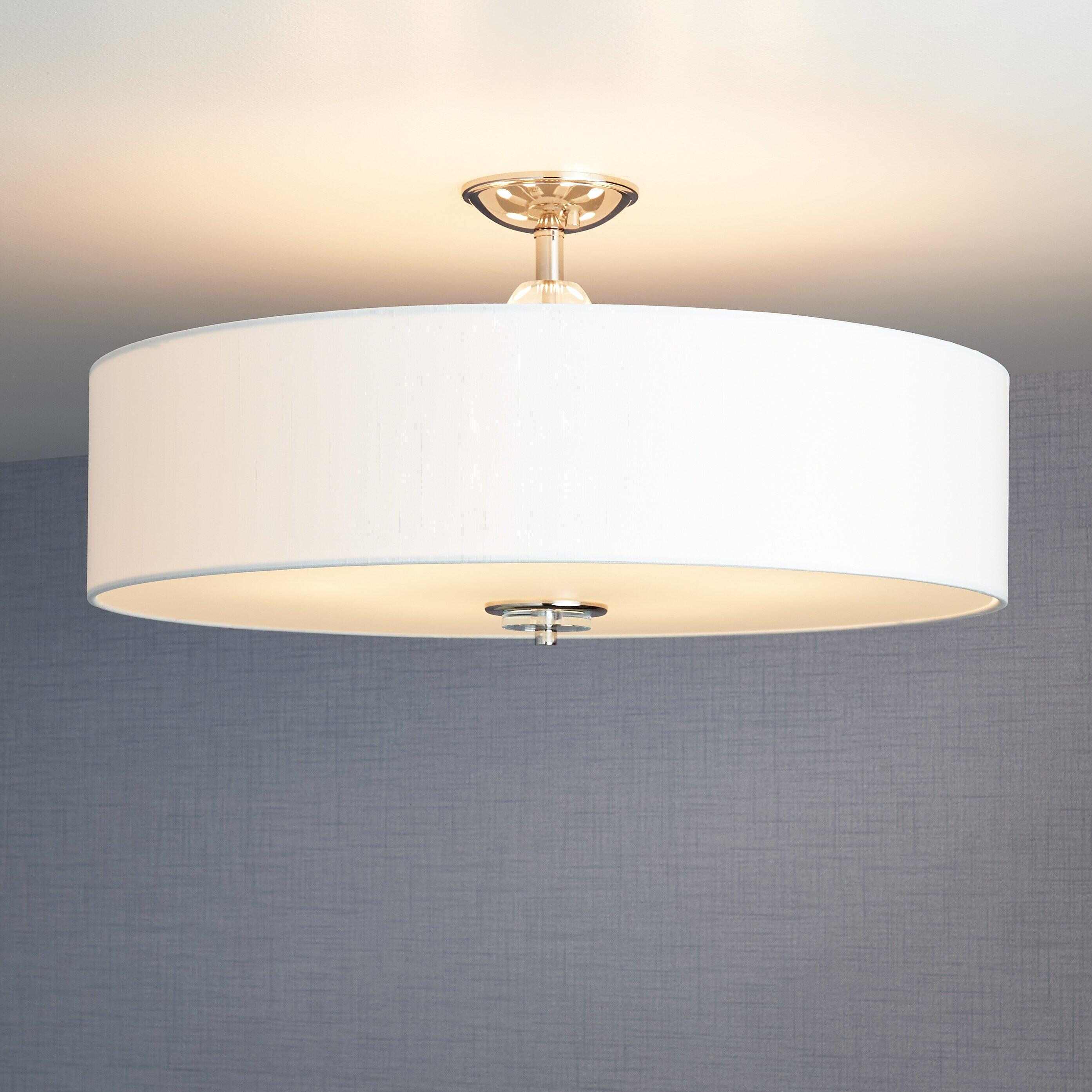

Articles
How To Install A Semi Flush Mount Light Fixture
Modified: September 2, 2024
Learn how to install a semi flush mount light fixture with our step-by-step guide. Our articles provide valuable tips and insights for a successful installation.
(Many of the links in this article redirect to a specific reviewed product. Your purchase of these products through affiliate links helps to generate commission for Storables.com, at no extra cost. Learn more)
Introduction
Welcome to our step-by-step guide on how to install a semi flush mount light fixture. Whether you’re updating the lighting in your home or adding a new fixture, this process is relatively simple and can be accomplished by most DIY enthusiasts. A semi flush mount light fixture is a versatile and stylish option that can add both functionality and aesthetic appeal to any room. Whether you’re installing a new fixture or replacing an old one, this guide will walk you through the process, ensuring a successful installation.
Before we get started, it’s important to note that electrical work should always be approached with caution. If you’re not comfortable working with electrical wiring or are unsure of your abilities, it’s best to hire a professional electrician to handle the installation for you. Safety should always be the top priority when working with electricity.
In this guide, we will provide detailed instructions on each step of the installation process, from gathering the necessary tools and materials to testing the light fixture. By following these steps, you’ll be able to confidently and safely install your new semi flush mount light fixture and enjoy the enhanced illumination it brings to your space.
Key Takeaways:
- Installing a semi flush mount light fixture is a DIY-friendly project that can enhance the ambiance of any room. However, safety should always be the top priority when working with electrical components.
- Proper installation involves gathering the necessary tools, turning off the power, removing the old fixture, connecting the wires, and testing the new light fixture. Always consult a professional if uncertain.
Read more: What Is A Semi Flush Mount Light
Step 1: Gather the necessary tools and materials
Before you begin the installation process, it’s essential to gather all the tools and materials you’ll need. Having everything prepared ahead of time will make the installation smoother and more efficient. Here’s a list of the items you’ll need:
- A screwdriver (both flathead and Phillips)
- Wire strippers
- Electrical tape
- A voltage tester
- A ladder or step stool
- Box cutter or utility knife
- A pencil
- Mounting bracket and screws (included with the light fixture)
- Wire connectors
- Semi flush mount light fixture
- Light bulbs compatible with the fixture
Make sure to check the instructions provided with your specific light fixture to ensure you have all the necessary tools and materials. It’s also a good idea to turn off the power to the area where you’ll be working to avoid any accidents or electrical shocks.
Once you have gathered all the necessary tools and materials, you’re ready to move on to the next step: turning off the power to the existing light fixture.
Step 2: Turn off the power to the existing light fixture
Before starting any electrical work, it’s crucial to turn off the power to the area where you will be working. This ensures your safety and prevents any accidental shocks or damage. Follow these steps to turn off the power:
- Locate your home’s electrical panel. It is usually found in the basement, garage, or utility room.
- Open the electrical panel door. Be cautious as you handle the panel, as there may be live wires inside.
- Identify the circuit breaker that controls the power to the existing light fixture. You can usually find labels or descriptions indicating which circuit each breaker controls.
- Flip the circuit breaker switch that corresponds to the light fixture to the “off” position. This will cut off the power supply to the fixture. If you’re unsure which breaker controls the light, you can test it by turning the light switch on and off and observing which breaker trips.
- Test the light switch to ensure that the power is indeed turned off. You can do this by flipping the light switch and checking if the fixture remains off.
Once you have confirmed that the power is off and the fixture is no longer receiving electricity, you can proceed to the next step of removing the old light fixture.
Step 3: Remove the old light fixture
Now that the power is turned off, it’s time to remove the old light fixture. Follow these steps to safely remove the fixture:
- Using a screwdriver, remove the screws or nuts that secure the old fixture to the mounting bracket or ceiling.
- Gently pull the old fixture away from the ceiling, exposing the wires connected to it.
- Take note of how the wires are connected to the fixture. You can use your phone or a notepad to take pictures or make a diagram to help you remember the connections.
- Unscrew any wire connectors that join the wires from the fixture to the house wiring. Carefully separate the wires, keeping them apart and preventing them from touching.
- If there is a mounting plate or strap holding the fixture to the ceiling, unscrew it and remove it as well.
- Set aside the old fixture and any mounting hardware that you have removed. You can dispose of them properly or keep them as spares if they are still in good condition.
With the old light fixture removed, you’re now ready to install the mounting bracket, which will hold the new semi flush mount light fixture in place.
Step 4: Install the mounting bracket
With the old light fixture removed, it’s time to install the mounting bracket for your new semi flush mount light fixture. Follow these steps to properly install the bracket:
- Begin by unpacking the new light fixture and locating the mounting bracket. The bracket should come with the necessary screws and hardware.
- Hold the mounting bracket against the ceiling, aligning it with the electrical box. Ensure that the screw holes on the bracket align with the holes on the box.
- Using a screwdriver, secure the mounting bracket to the electrical box with the provided screws. Make sure the bracket is securely attached and flush against the ceiling.
- Check the stability of the mounting bracket by giving it a gentle tug. It should be firmly secured to the ceiling without any movement. If needed, tighten the screws further to ensure a sturdy installation.
- Double-check that the bracket is level and straight. Use a level tool to ensure an even installation.
Once the mounting bracket is securely installed, you’re ready to move on to the next step: connecting the wires for your new semi flush mount light fixture.
When installing a semi flush mount light fixture, make sure to turn off the power at the circuit breaker before beginning the installation to ensure safety.
Read more: How To Install A Flush Mount Light
Step 5: Connect the wires
With the mounting bracket in place, it’s time to connect the wires for your new semi flush mount light fixture. Follow these steps to ensure a proper and safe connection:
- Begin by identifying the black (hot) wire from the ceiling and the black wire from the fixture. Twist these two wires together in a clockwise direction, making sure they are fully secured.
- Next, identify the white (neutral) wire from the ceiling and the white wire from the fixture. Twist these two wires together in a similar manner.
- If there is a ground wire (usually green or bare copper) from the ceiling and the fixture, connect them together in the same way as the previous wires.
- Once the wires are twisted together, cover each connection with a wire connector. Twist the connector clockwise until it’s tight and secure.
- After connecting the wires, gently push them up into the electrical box, making sure they are not protruding or exposed.
- As an optional step, you can use electrical tape to further secure the wire connections. Wrap the tape around the wire connectors, ensuring there are no exposed wires.
It’s important to ensure that the wire connections are done correctly and securely to prevent any electrical hazards. If you’re unsure about the connections or have any doubts, consult an electrician for professional assistance.
With the wires connected, you’re now ready to proceed to the next step: attaching the light fixture to the mounting bracket.
Step 6: Attach the light fixture to the mounting bracket
Now that the wires are connected, it’s time to attach the light fixture to the mounting bracket. Follow these steps to ensure a secure and proper installation:
- Hold the light fixture up against the mounting bracket, lining up the screw holes on the fixture with the corresponding holes on the bracket.
- Insert the screws provided with the fixture into the screw holes on the bracket and tighten them gently with a screwdriver. Be careful not to overtighten, as this can damage the fixture or bracket.
- Once the screws are tightened, give the light fixture a gentle tug to ensure it is securely attached to the bracket and does not wobble or move.
- If your light fixture has a decorative finial or bottom cover, attach it according to the manufacturer’s instructions. This will give your fixture a finished and polished look.
It’s important to note that different light fixtures may have slight variations in installation methods. Always refer to the manufacturer’s instructions for specific guidance on attaching your particular light fixture.
With the light fixture securely attached to the mounting bracket, you’re ready to move on to the next step: installing the light bulbs.
Step 7: Install the light bulbs
With the light fixture securely attached to the mounting bracket, it’s time to install the light bulbs. Follow these steps to properly install the bulbs:
- Refer to the manufacturer’s instructions to determine the appropriate type and wattage of light bulbs for your fixture.
- Ensure that the power to the fixture is still turned off for safety.
- Remove any protective covers or globes from the fixture if necessary.
- Insert the light bulbs into the corresponding sockets, ensuring they are seated properly and securely.
- If your light fixture has multiple bulbs, install them one at a time, taking care to evenly distribute them for balanced lighting.
- Once the bulbs are installed, replace any globes or covers that were removed, following the manufacturer’s instructions.
- Double-check that the bulbs are properly aligned and seated in their sockets.
It’s important to handle light bulbs with care to avoid breakage. If a bulb does break during installation, make sure to turn off the power, clean up the broken glass carefully, and replace it with a new bulb.
Once you have successfully installed the light bulbs, it’s time to proceed to the final step: turning on the power and testing the light fixture.
Step 8: Turn on the power and test the light
Now that the installation is complete, it’s time to turn on the power and test the light fixture. Follow these steps to ensure everything is functioning properly:
- Double-check that the light switch connected to the fixture is in the “off” position.
- Go back to the electrical panel and locate the circuit breaker that controls the power to the fixture.
- Flip the circuit breaker switch that corresponds to the light fixture to the “on” position.
- Return to the room where the fixture is installed and flip the light switch to the “on” position.
- Observe the light fixture and verify that it turns on. If the fixture is not working, turn off the power again and check the connections to ensure they are secure.
- If the fixture is functioning correctly, test any additional features such as dimming or adjustable settings, if applicable.
- Ensure that the light beam and illumination are distributed evenly and adequately according to your preferences.
If you encounter any issues during the testing phase, it’s best to consult with a professional electrician to troubleshoot and resolve any electrical problems.
Now that the light fixture is installed and tested, you can enjoy the enhanced lighting and ambiance it brings to your space.
Congratulations! You have successfully completed the installation of your semi flush mount light fixture. Remember, always follow safety guidelines and consult an expert if you are uncertain about any step of the installation process.
Conclusion
Installing a semi flush mount light fixture can be a rewarding and relatively straightforward home improvement project. Throughout this step-by-step guide, we have provided detailed instructions on how to install a semi flush mount light fixture, from gathering the necessary tools and materials to testing the light fixture.
Remember, safety should always be your top priority when working with electrical components. If you are unsure or uncomfortable with any part of the installation process, it is best to consult a professional electrician to ensure a safe and successful installation.
By following the proper procedures and taking the necessary precautions, you can add a touch of style and functionality to any room with a semi flush mount light fixture. Whether you’re updating the lighting in your home or installing a new fixture, this guide has provided the essential steps to guide you through the installation process.
Now that you have the knowledge and confidence to install a semi flush mount light fixture, it’s time to bring your vision to life and enjoy the enhanced lighting it provides. Remember to always refer to the manufacturer’s instructions specific to your fixture for detailed guidance and recommendations.
Thank you for following this guide, and we hope you enjoy your newly installed semi flush mount light fixture!
Frequently Asked Questions about How To Install A Semi Flush Mount Light Fixture
Was this page helpful?
At Storables.com, we guarantee accurate and reliable information. Our content, validated by Expert Board Contributors, is crafted following stringent Editorial Policies. We're committed to providing you with well-researched, expert-backed insights for all your informational needs.
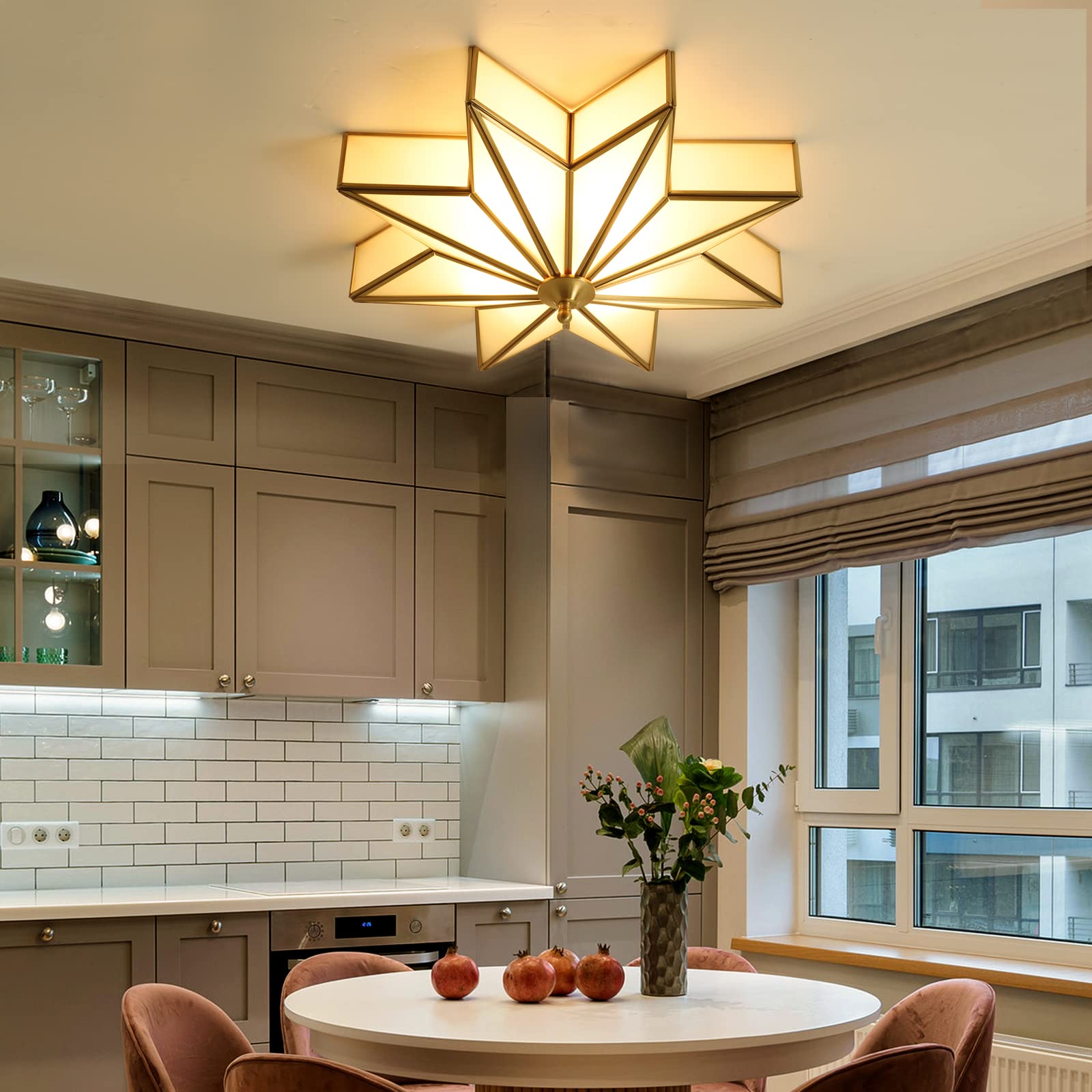

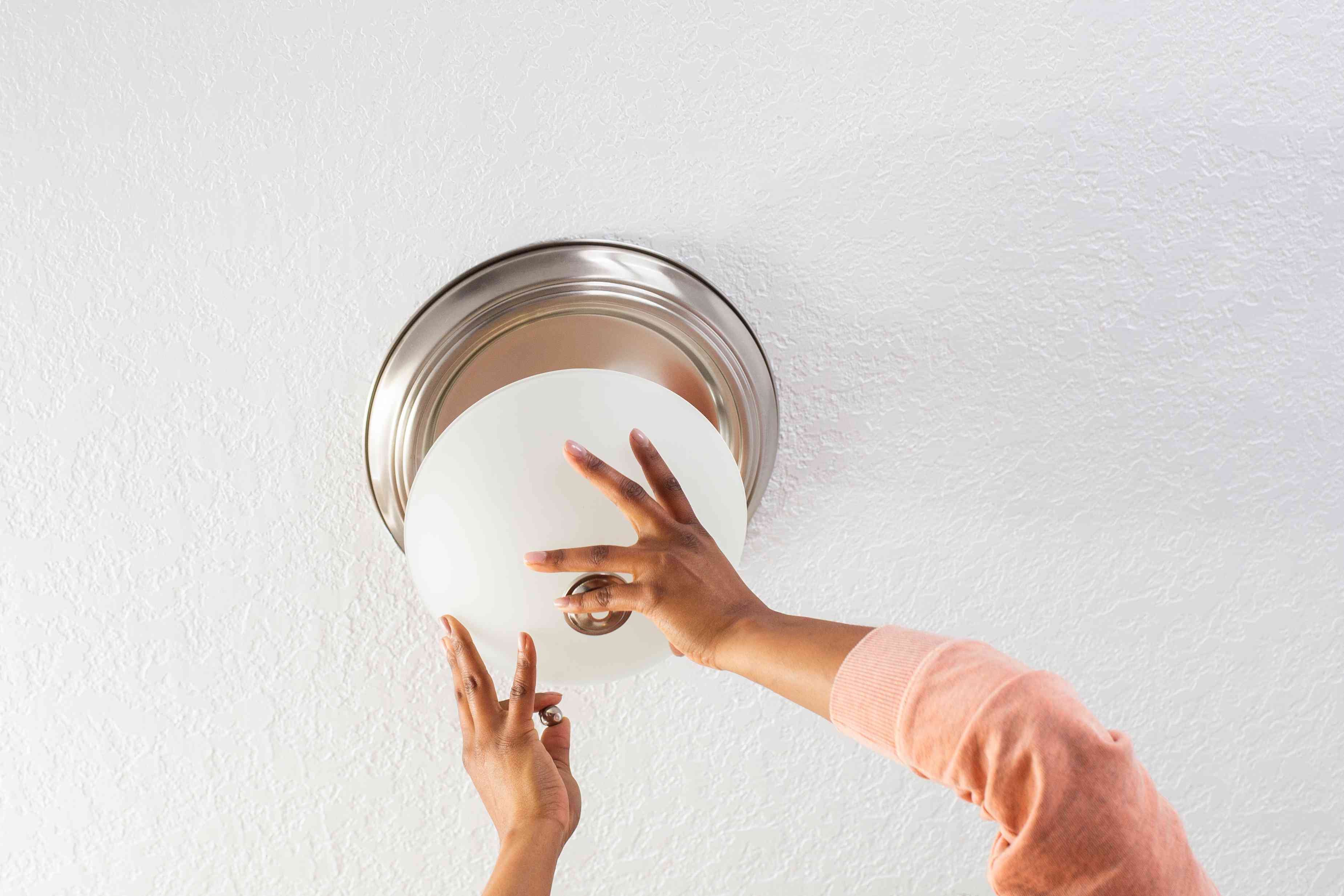
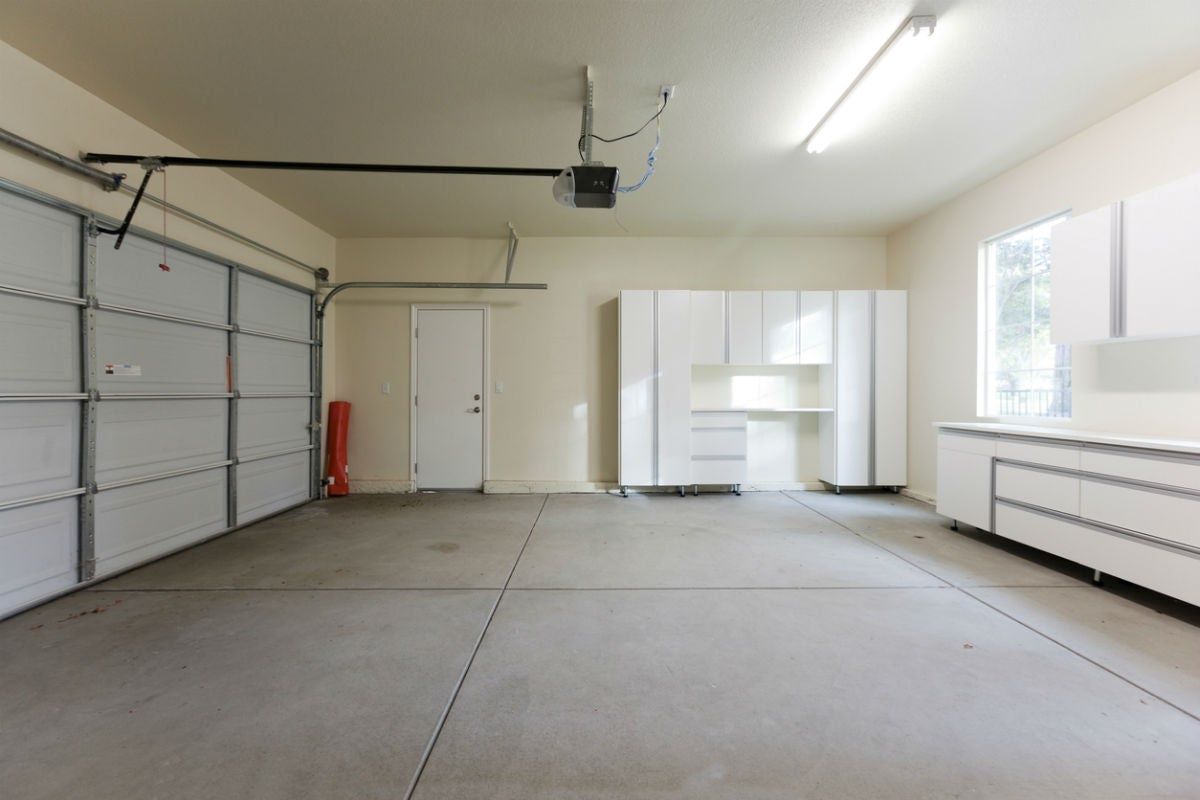
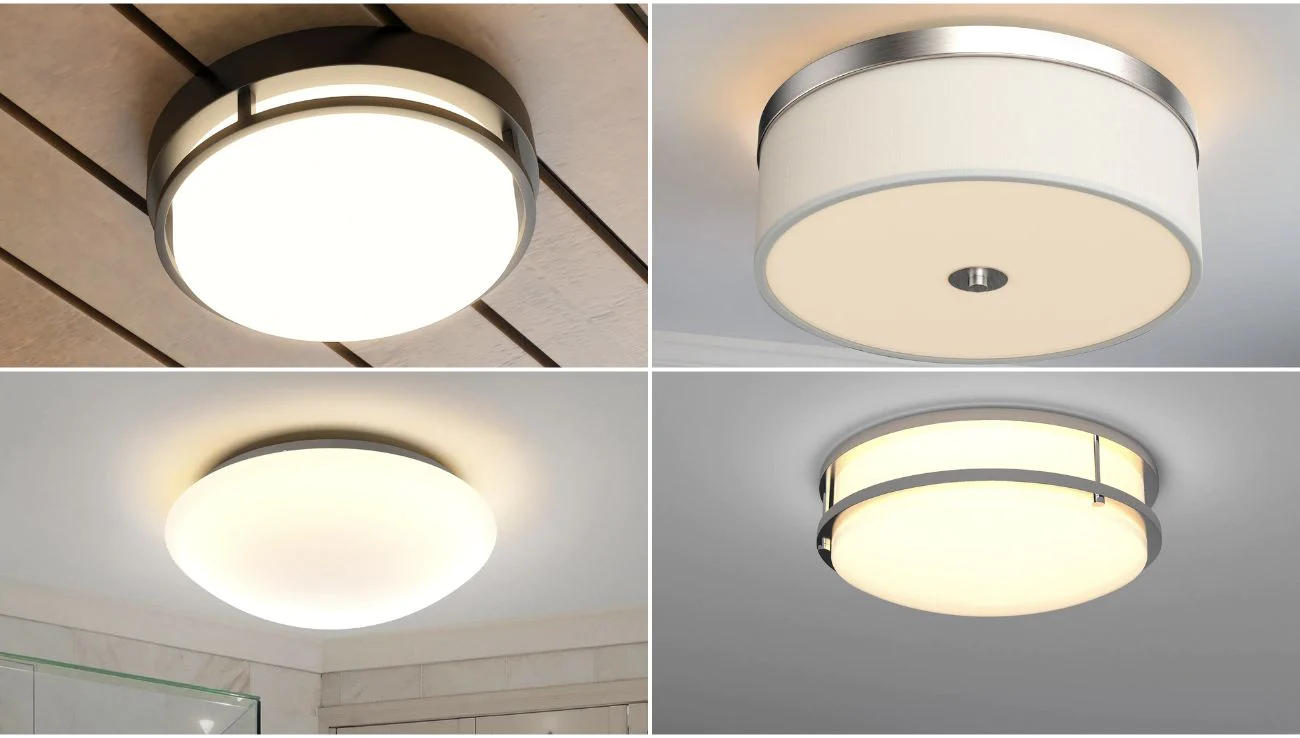
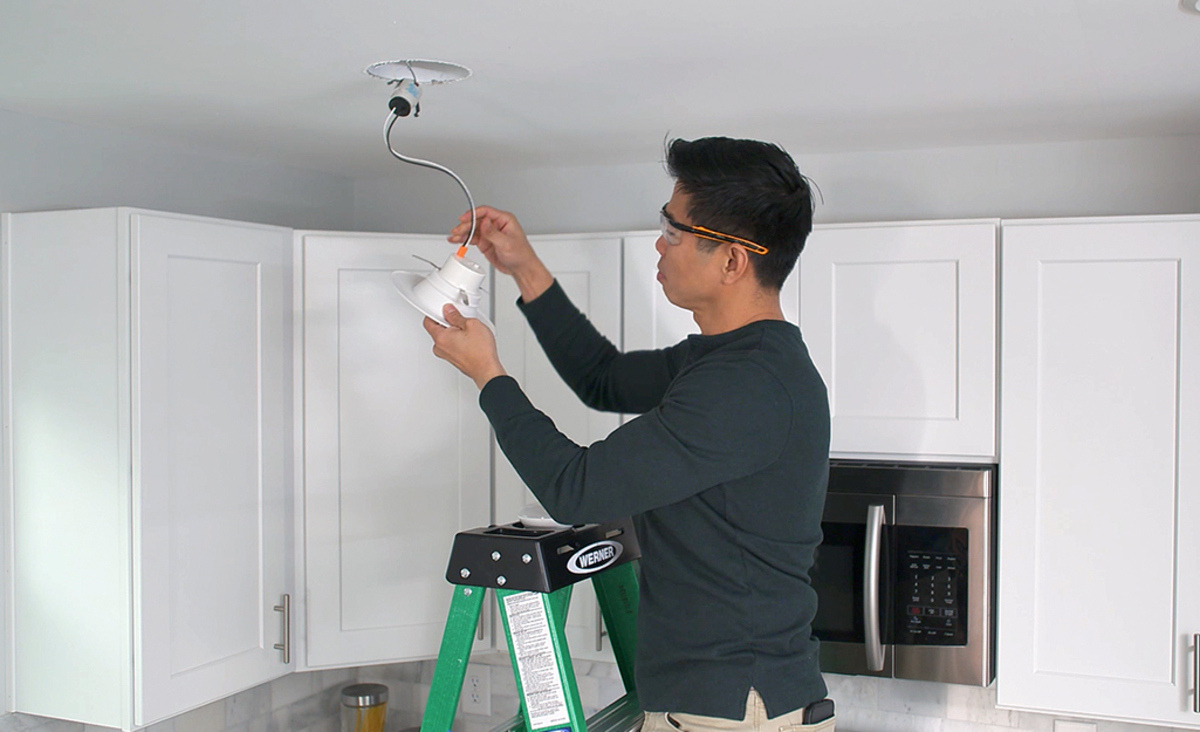
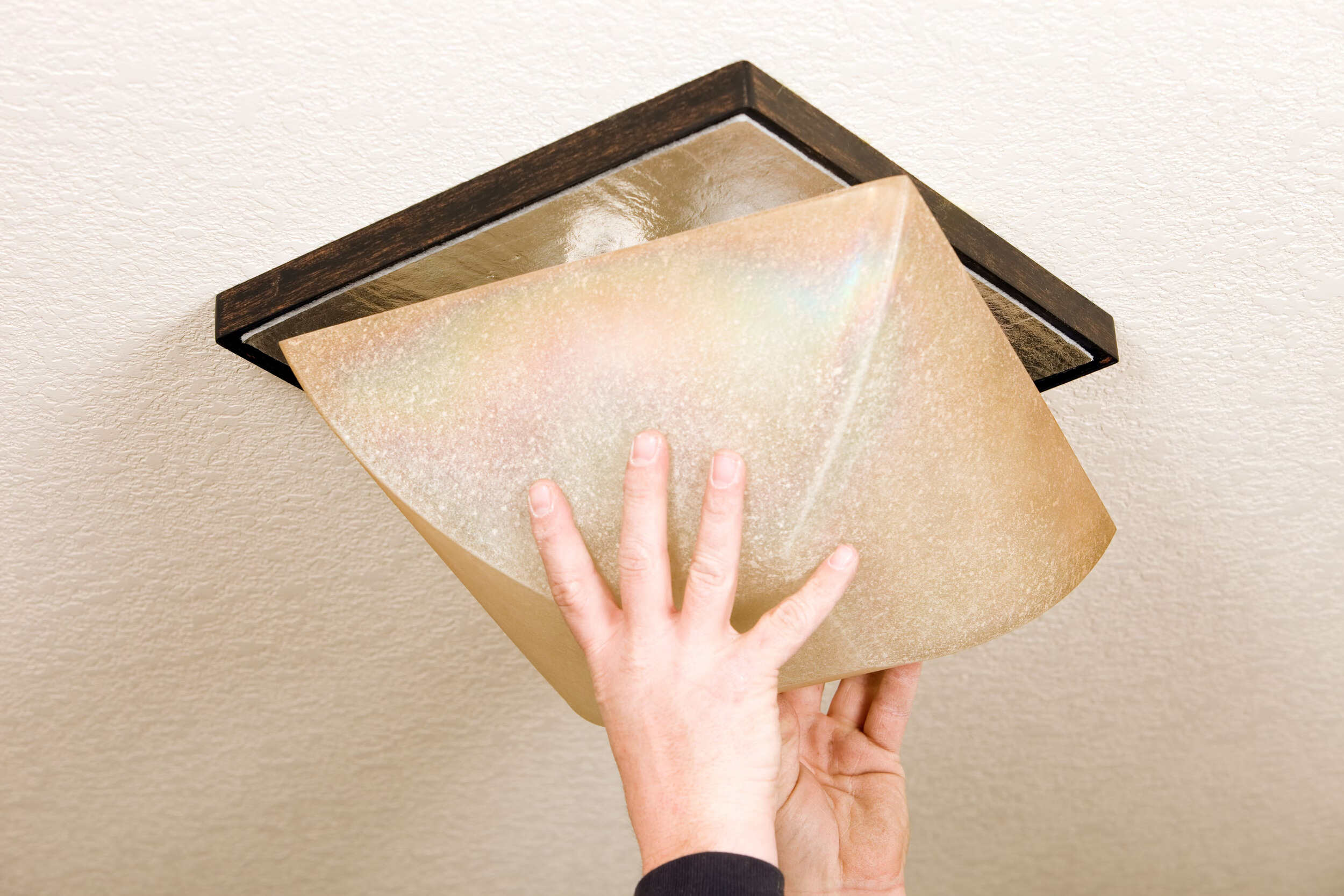
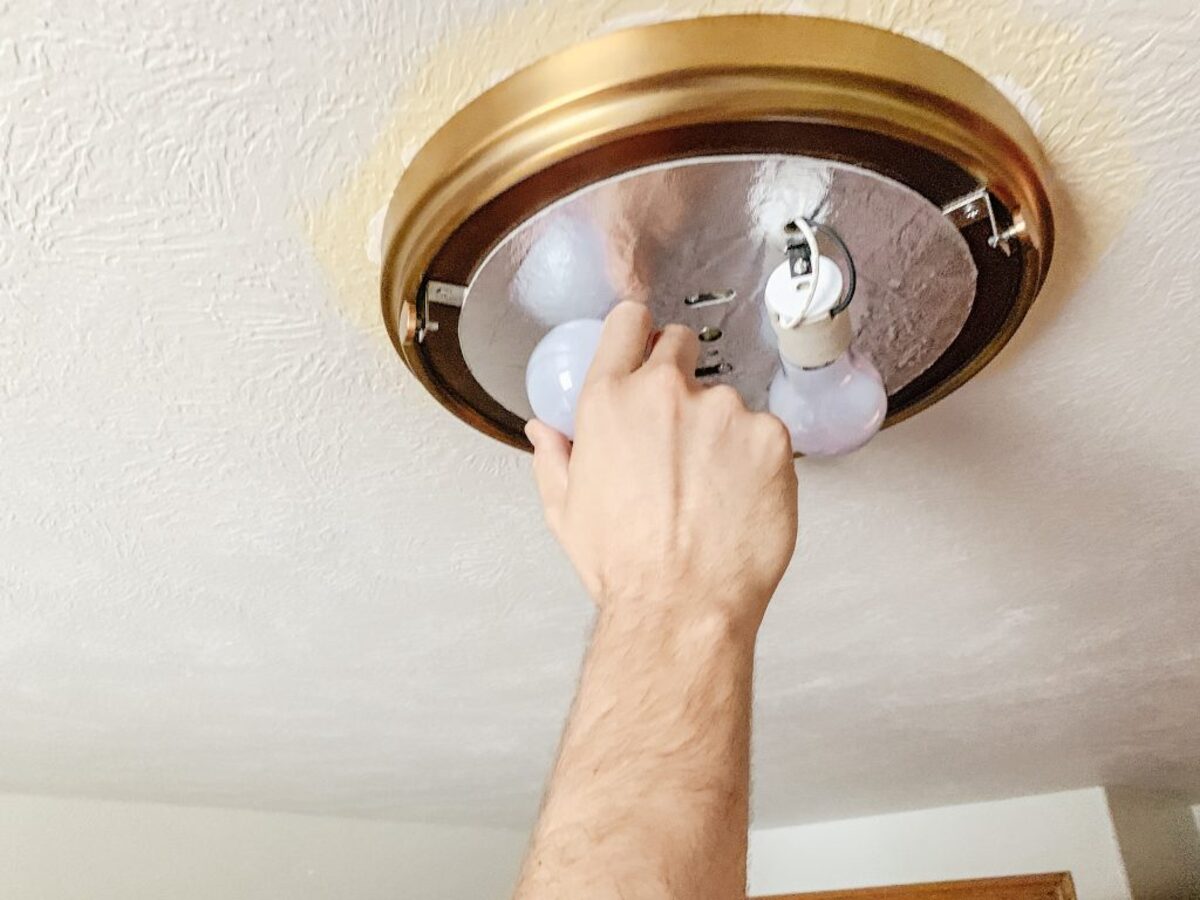
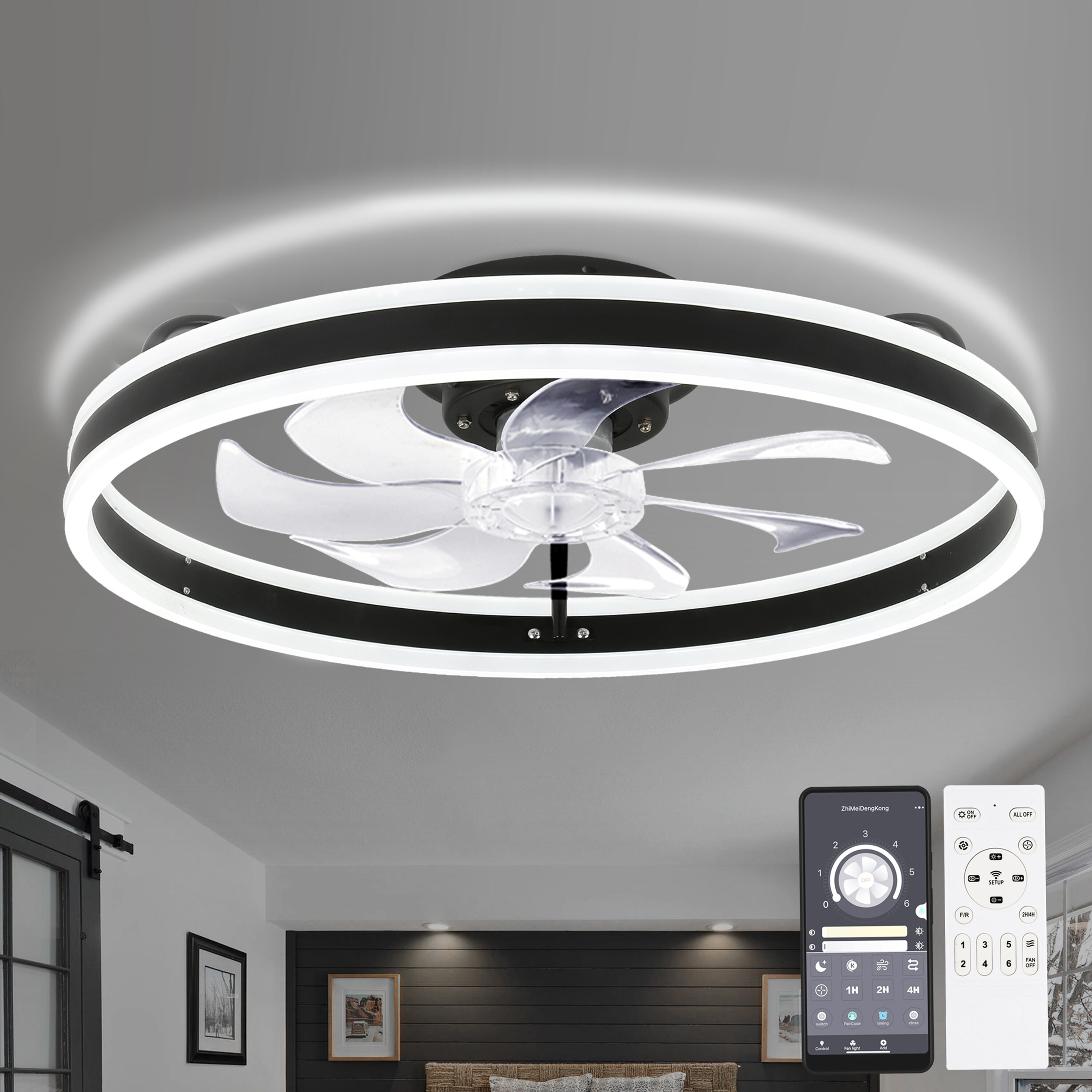
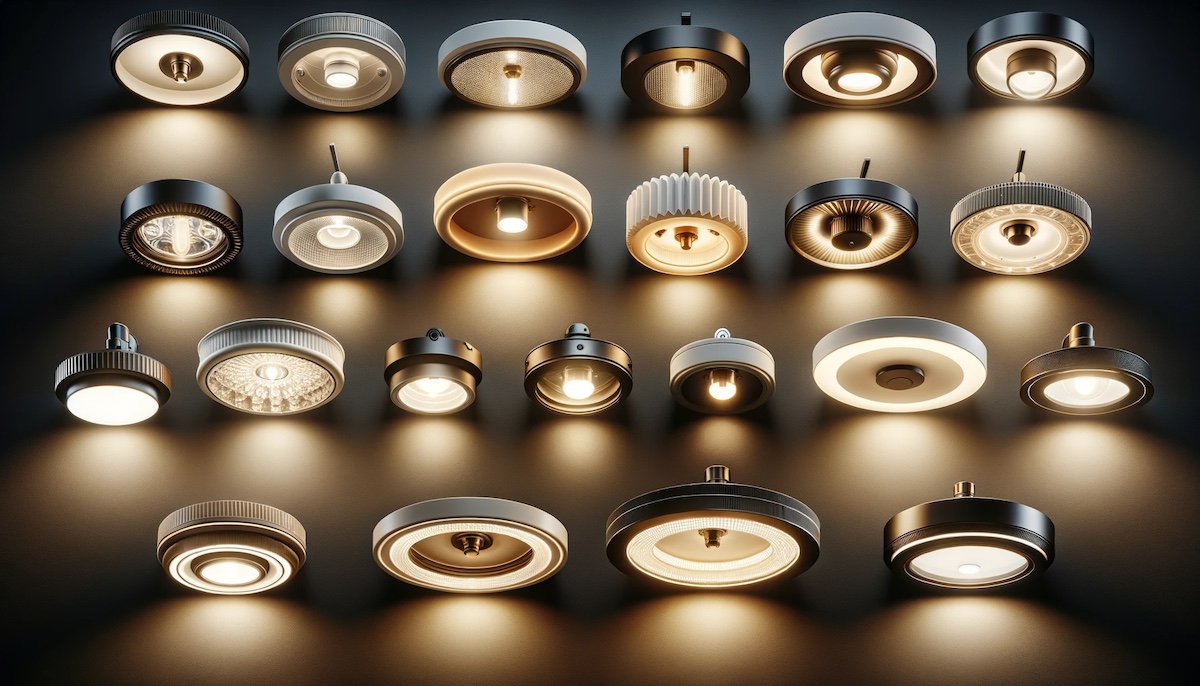
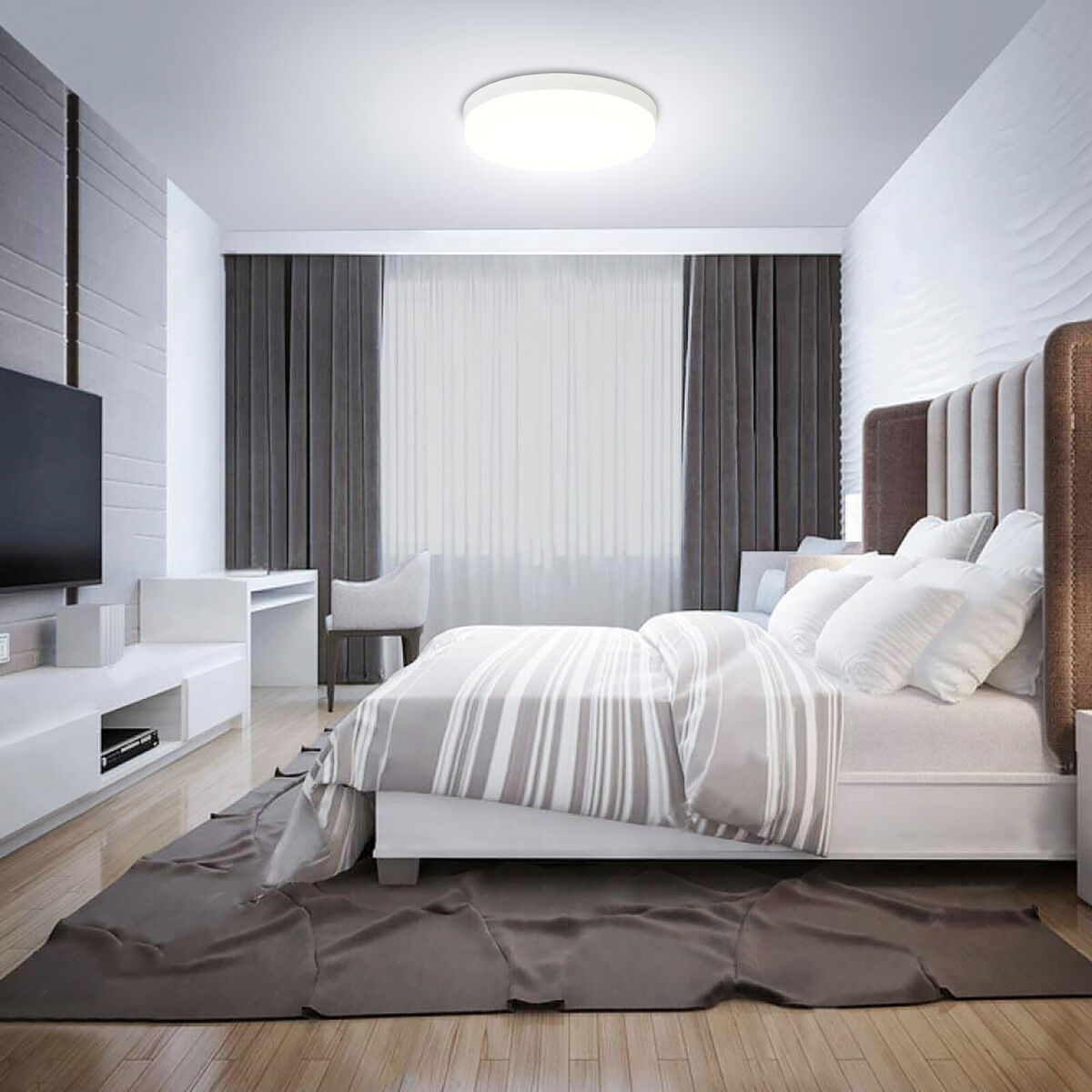

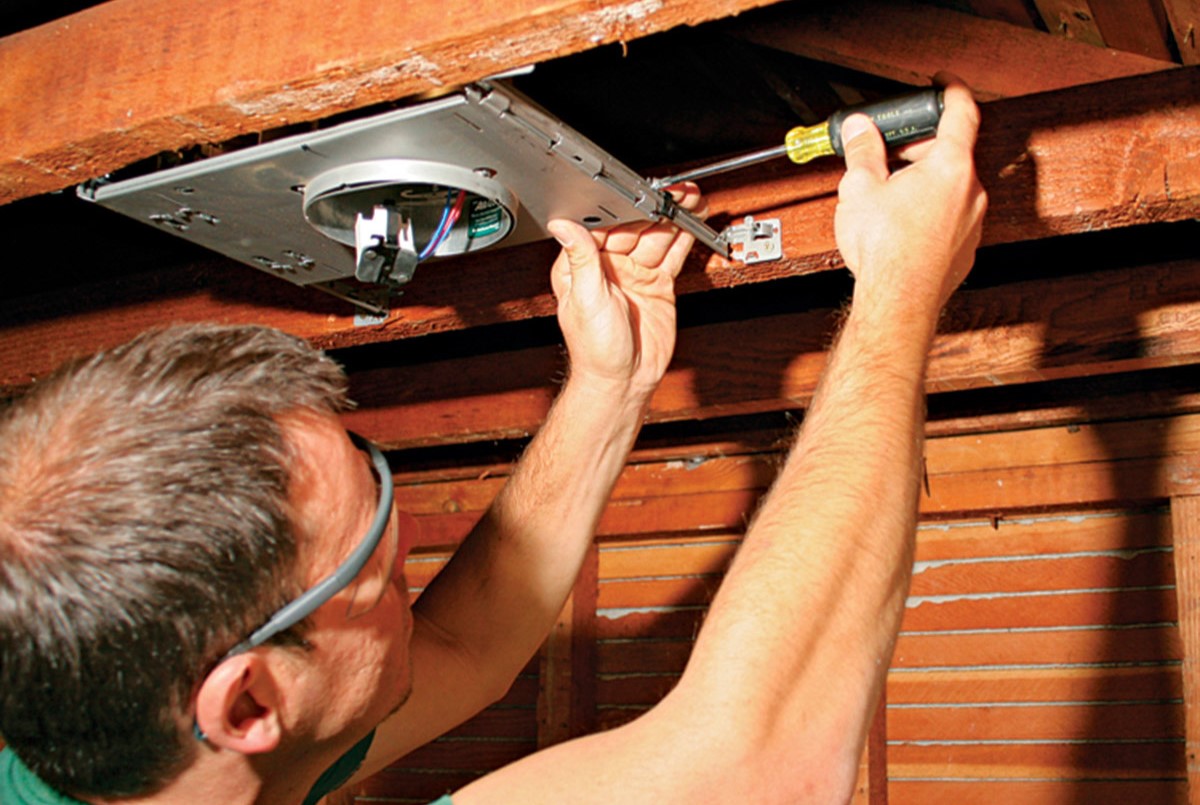

0 thoughts on “How To Install A Semi Flush Mount Light Fixture”